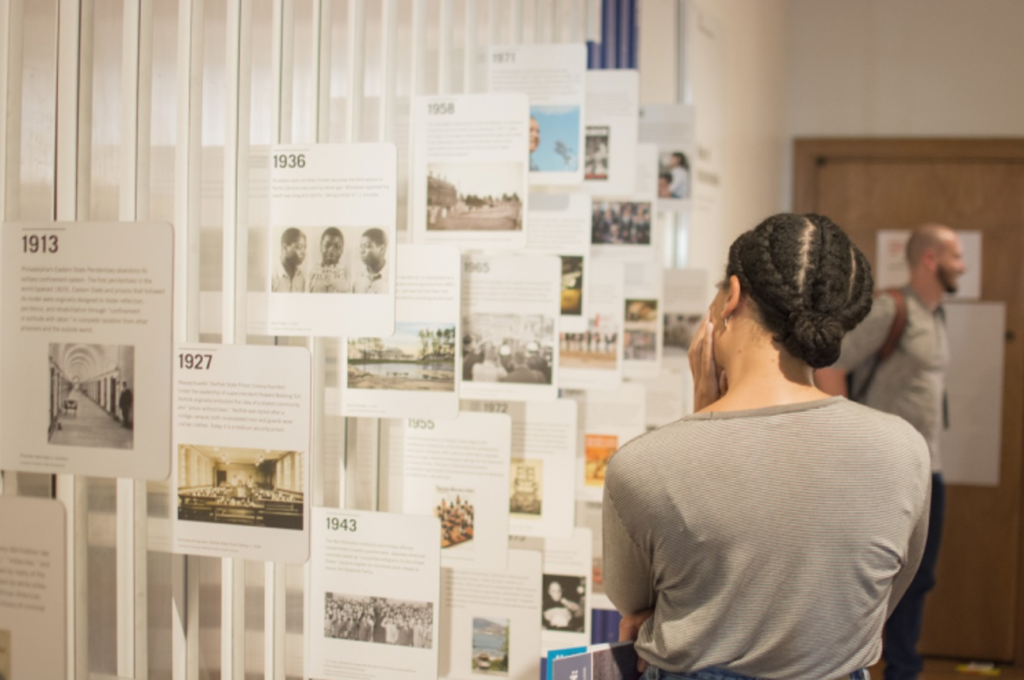UT Austin’s latest exhibit, more about Spatial Stories of Migration and Detention, highlights how architecture impacts detainee punishment. Casa Marianella is proud to be a part of this exhibit, with some of our residents lending their stories and experiences to UT Austin’s exhibit for the hope that their voices will help improve the current detention situation in Texas.
Casa Marianella Proud to be a Part of Detention Exhibit
First, students from UT’s School of Architecture and the Humanities “mapped the physical locations, architectural forms, and building history” of detention centers. After that, residents from Casa Marianella and others who have been held in detention centers created visual stories of their experiences and journeys to help people understand the challenges they have faced in detention.
A paragraph from statesofincarceration.org detailing their findings:
“With more detention centers than any other state, Texas can imprison an estimated 34,767 migrants daily. Despite Immigration and Custom Enforcement’s mandate to “ensure the safety, privacy, and basic human rights of all detainees,” the architecture of detention tells a different story. The buildings’ geographic location, materials, and spatial organization, as well as migrants’ experiences detained, reveal how “administrative” detention punishes. Detention centers are located out of public view, and largely impervious to investigation—although taxpayers finance the buildings.”
Although scarce, there are resources for refugees once they are released from detention. One of them is Casa Marianella, and we are very proud and honored to be featured in this exhibit as an example of how architecture can positively affect refugees starting a new life in the United States. “Ultimately, Casa is a residence rather than an institution.”
Thank you to statesofincarceration.org and UT Austin’s School of Architecture for allowing the voices of detainees to be heard. For more information on his exhibit and to read detailed detainee stories, click HERE.


Leave A Comment